Shun Yong: Portraits on a Journey
A conversation with the 2021/22 MCAD–Jerome Fellow on his multidisciplinary practice that explores immigrants, marginalized communities, belonging, and empowerment
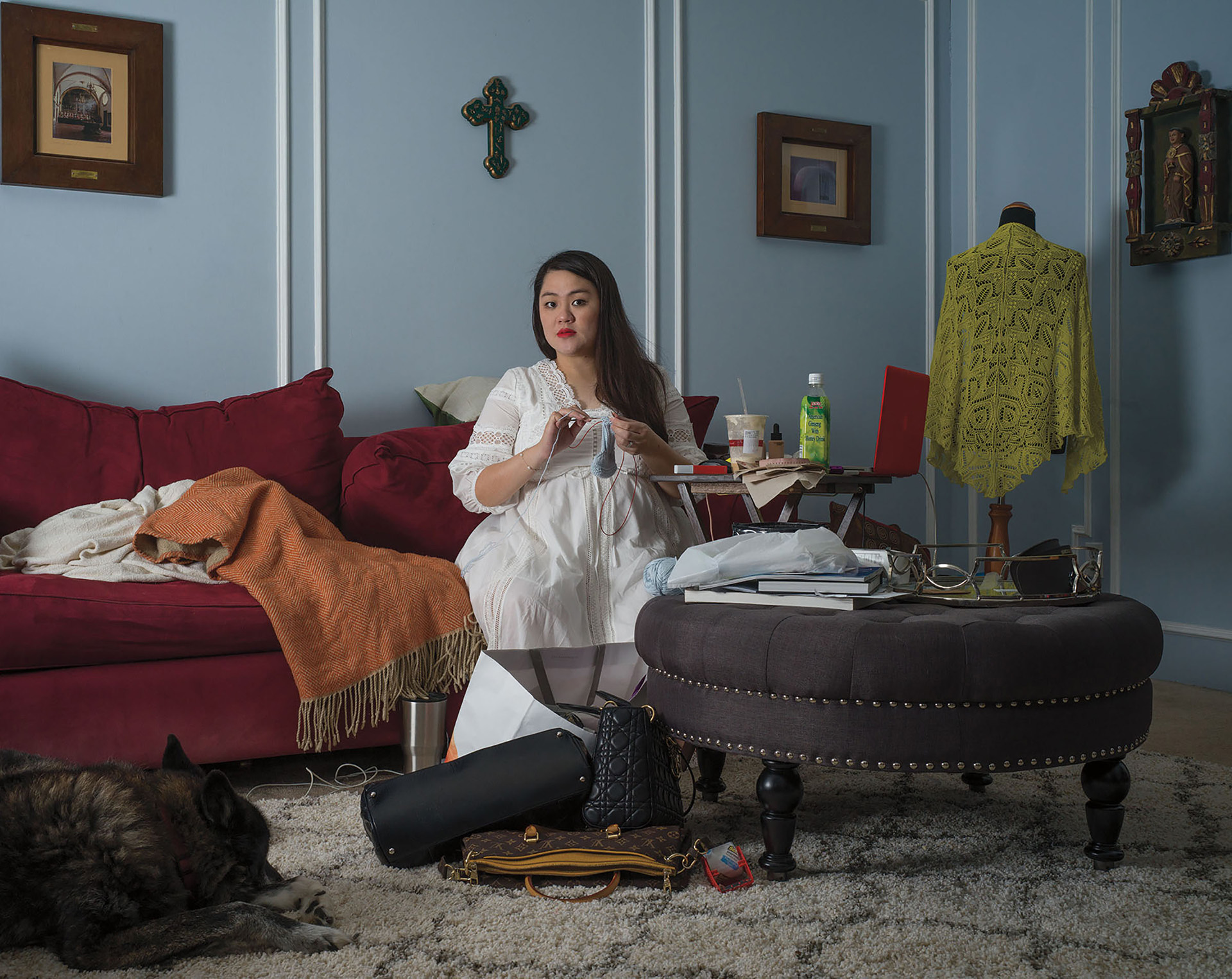
YuANRONG LIHow does your family background and experience of working and living in two ethnically diverse countries, Malaysia and the United States, give you a unique understanding of issues such as immigration, refugees, and belonging?
SHUN YONGWhen I was a kid, I considered myself colorblind. It wasn’t until I was five that I learned that there are different races, because we did not speak the same language. My mother tongue is Cantonese. In primary school, I was required to learn everything in Mandarin, then in the 7–11th grades I was taught Malay, the national language of Malaysia. Everything was taught in Malay until the 12–13th grades when the lessons changed completely to English. This early multilingual experience shaped my understanding of the connections and separations between language and identity.
It is very interesting to look at the identity topic in Malaysia. Some have said, “Why don’t you just call yourself Malaysian? Why do you have to include ‘Chinese’ when describing yourself as Malaysian?” People will call you out when you describe yourself as Chinese Malaysian; they will say that you are not patriotic enough. I could write a whole book on this.
For me, I understood more about issues such as immigration, refugees, and belonging when I first arrived in the United States. I searched for my identity and found a sense of belonging by photographing people like me.
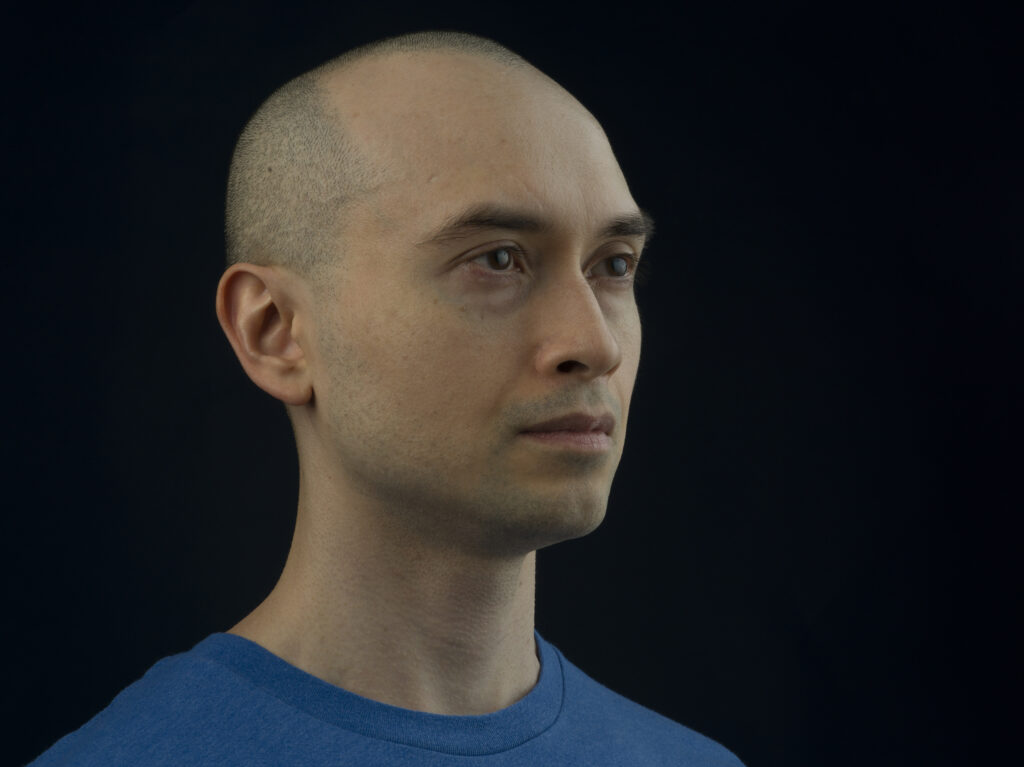
YLI find that most of your photographs are presented as portraits. Why is this type of presentation so important to you? How does it relate to the concepts you want your audience to understand?
SYPortraiture has been a way for me to understand my own identity and to tell the layered stories of the immigrant experience.
For example, my photo series Occupations consists of roughly 35 portraits of immigrant workers set in the environments of their workplaces. This series started while I was searching for my identity back in Malaysia in 2016. My grandparents were brought to Malaysia by the British to work in the rubber plantation. When I moved to the U.S., I continued with this body of work as a way to further explore my identity in a new place. By documenting each worker’s specific job, the photos allow viewers a glimpse into their daily life and how labor has formed their identity.
Through making portraits of immigrants, I got to know their stories intimately and I found that we are experiencing a very similar journey of adapting to a new country. Some of these subjects are my immigrant friends and some are strangers. I noticed that by documenting these people, they helped me to achieve a sense of belonging in my new home. I also hope that documenting immigrants and showing these images will help new immigrants adjust to their lives in a new place.
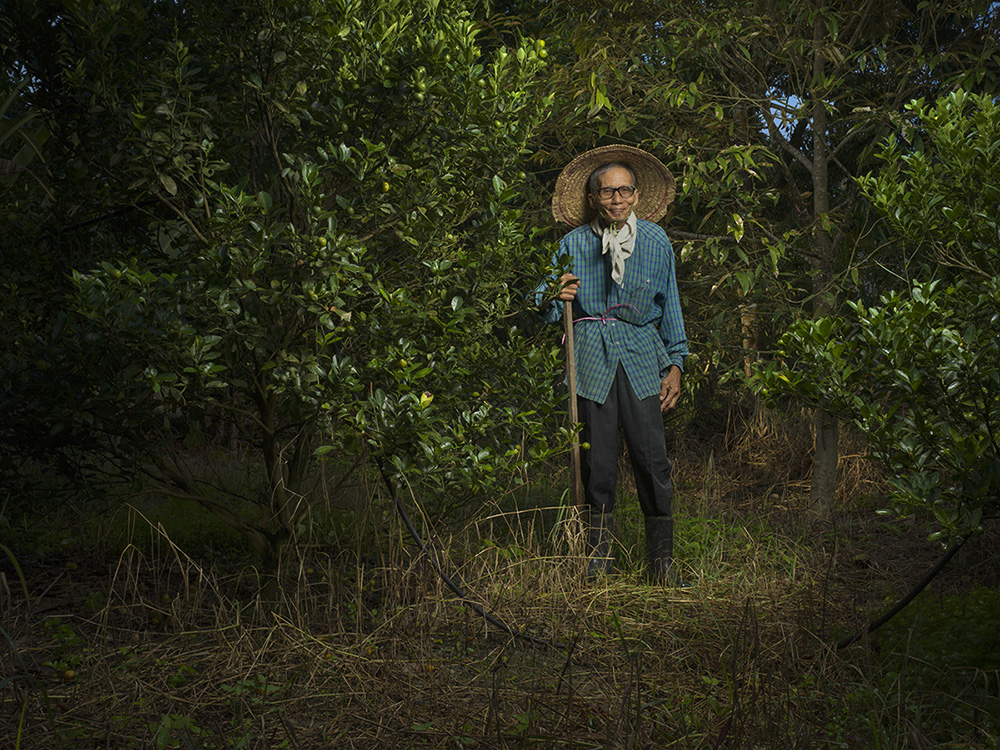
YLWhat made you become a photographer after receiving your undergraduate degree in physics? I’m curious about that transition.
SYMy undergraduate degree specialized in astrophysics. I romanticize the cosmos! Then I realized quantum mechanics, thermodynamics, electromagnetics, and optics were requirements so I never signed up for those. Soon after that, I chose to divorce myself from physics and now I am happily married to photography, maybe?
For me, operating the camera is not tough, but creating a cohesive series of work is challenging. I am appreciative of having met a lot of great artists along the way to help me through the obstacles.
YLYou were awarded the MCBA/Jerome Book Arts Fellowship in 2021. Although your primary work is as a photographer, has this experience given you some new ideas about combining handmade paper with photographs or other installation possibilities?
SYYes, the fellowship definitely generated a lot of new ideas. I consider myself an interdisciplinary artist. I not only take portraits, but I also make paper, build sculptures, and have worked on several installation projects with CarryOn Homes—a collaborative group of artists including Aki Shibata, Peng Wu, Preston Drum, and Zoe Cinel.
Right now, I am thinking of including two bodies of work in the MCAD–Jerome Exhibition. One would be handmade paper with photos printed on it, alongside another body of work of portraits. I’m already stressing out about how to install these images.
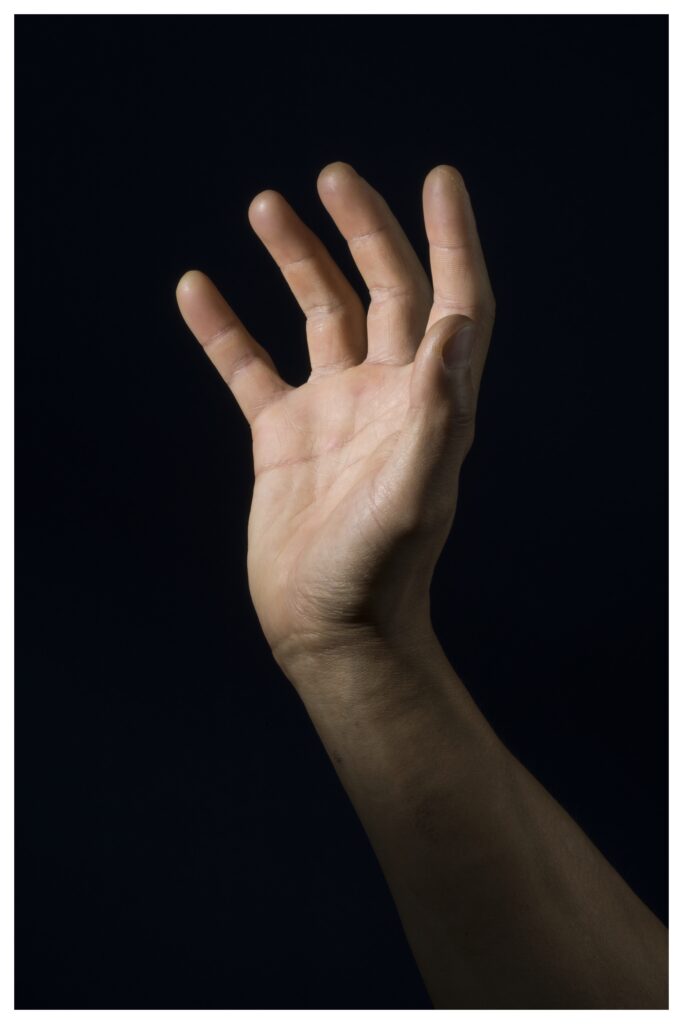
YLHow have you as a photographer had to change your way of working during the pandemic? And since you travel a lot, how have you negotiated the isolation of COVID and continued to find community?
SYI stopped making work for a year due to COVID. As an outlet in dealing with the isolation, I started climbing.
In September 2020, I ran into a group of Chinese climbers bouldering in the Twin Cities Bouldering Center. We clicked instantly, because we are Chinese and speak the same language. To me, the gym is a very unwelcoming place. Due to my anxiety, I did not want to spend my time alone in the gym. Things changed after I ran into the Chinese climbing community. They invited me to climb together in the gym and outdoors constantly. We bonded by traveling to different locations to climb. Believe it or not, I traveled to 15 different state parks to climb in five months. Just a few months after beginning to climb, I realized that I no longer felt anxious. I learned how to focus when I climb and not to overthink.
I then made use of this experience outside of climbing. Climbing has not only improved my mental and physical health, it allowed me to focus on making art again. Hence, I questioned myself, why am I not combining art making and climbing together, since the activities are important to me in my life? Climbing has traditionally been a very Caucasian/white sport, especially in Minnesota. As a minority within the climbing community, I am curious to understand why the Asian climbers got into this sport. I am also curious to learn of other positive changes that this sport has brought to them mentally and physically. The last year and a half with this group really allowed for a lot of self-reflection on who I really am. In fact, most of the members of this new community ended up becoming my subjects for a new series of work, titled C-H-F.
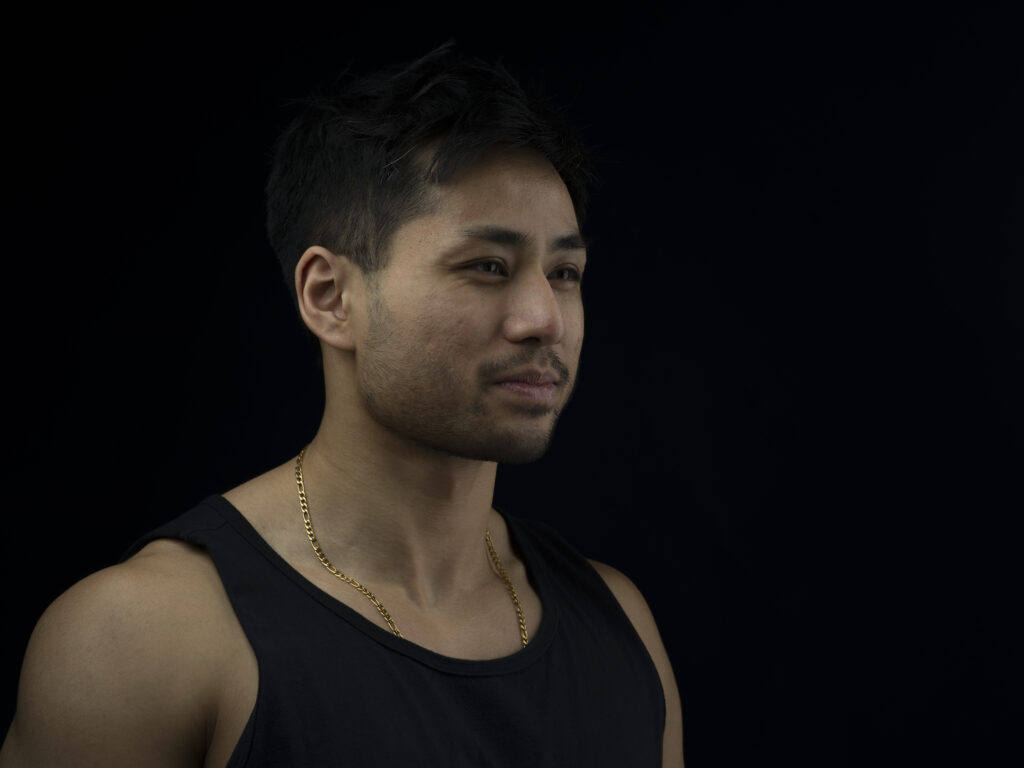
YLHave you found an audience highly sympathetic to your work over the past few years? Can you share some examples of how viewers responded in ways that you did not expect?
sYMy intention is that the audience will sympathize with stories and people represented in my work. I hope the portraits will provide local residents an understanding of who we are and why we are here. When I first started working on the Occupation series, I thought of using the portraits to help new immigrants adapt to their life in the U.S. The longer I worked on this project, I became more self-reflexive. I realized that my images captured the friendships I made and how their stories mirrored my own journey.
My works are straightforward enough, and viewers could view things differently. So I never expect the viewer to look at my stuff in a different way. At least for now.
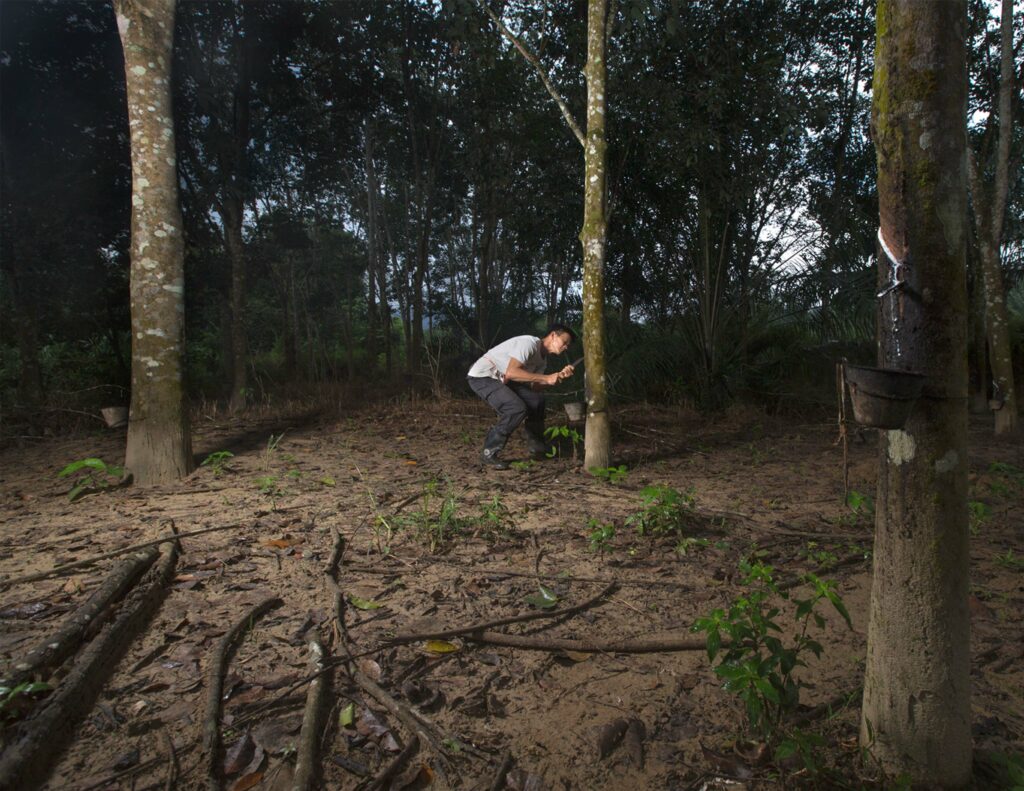
YLHow has winning the MCAD–Jerome fellowship affected and/or changed your work?
SYWinning the MCAD–Jerome fellowship has allowed me to increase the scale of my work. With the resources at MCAD, I am able to work with 4×5 cameras and create large sheets of handmade paper.
YLIf you could describe your work in one word, what would it be?
SYDramatic, like me.
Correction: In the May 12, 2022 version of this published interview, I included a question verbatim that was initially asked by one of my MFA classmates for an assignment. I’m replacing it with a new question here. The earlier version has now been modified.
Shun Yong is a fine art photographer and multidisciplinary artist. A fear of loss, generational trauma, and curiosity motivate him to make photographs. Yong’s Occupation series investigates his identity as a second-generation Chinese immigrant in Malaysia as well as a new immigrant to the U.S. Producing the Occupation series has not only helped him achieve a sense of belonging in both places, but also allows him to connect with family and strangers alike. Yong’s C-H-F investigates what motivates Asian climbers to take part in what is considered a “white” sport. He is also the co-founder of CarryOn Homes, a collaborative dedicated to telling the stories of immigrants and refugees in the U.S. through art. By engaging the public in cross-cultural dialogue, CarryOn Homes creates spaces for immigrants and marginalized communities to feel a sense of belonging and empowerment. Yong holds an MFA in Visual Studies from the Minneapolis College of Art and Design and a BS in Physics from St. Cloud State University. His personal work has been shown at the Minnesota Center for Book Arts, Minneapolis College of Art and Design, Art at 801 Gallery, and Soo Visuals Art Center. His work as a collective has been exhibited in numerous venues across Minnesota, including the Minneapolis Institute of Art and Walker Art Center. Yong is the recipient of a 2019 MCBA/Jerome Foundation Book Arts Fellowship Series XV.